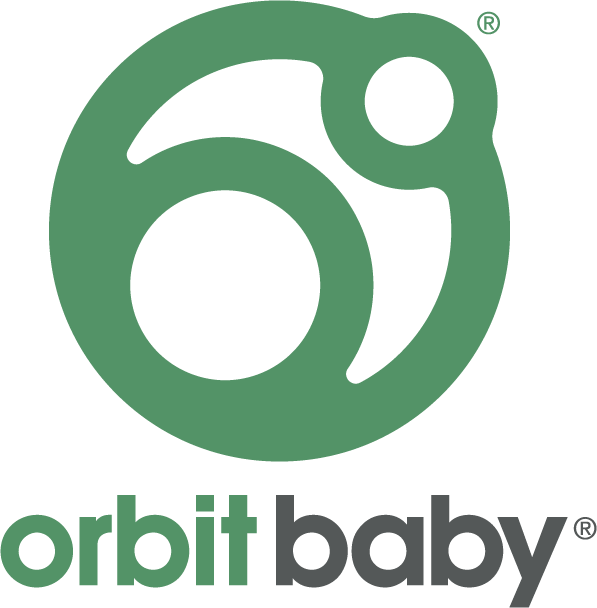What to Know About Flying With a Newborn (4-Point Baby Travel Checklist!)

When you look back on it, flying with an infant may be some of the easiest flying you’ll ever do with small children. In the moment? Flying with a baby is incredibly challenging; a daunting task of new parenthood.
Your child will never remember the trips they take in their early years, but all of our early life experiences shape our brains, and traveling with a baby is a way to introduce them to the great big world around them early on.
There’s no official age when you can fly with an infant. Most airlines will allow babies to fly days after birth, but most doctors suggest waiting until a baby’s immune system is better developed — usually a few months after birth. Depending on your destination, you may also want to wait until your child has had certain vaccines.
Before planning a trip, talk to your pediatrician about timing and logistics. Then keep these four tips in mind for a smoother flight with a little one.
Carry on your baby’s food
It’s important to know that bringing breast milk, formula, or even puree pouches through airport security is allowed. You can carry these items in quantities greater than the standard 3.4 ounces and they don’t need to fit in that quart-sized bag. They’re considered medically-necessary liquids, according to the Transportation Security Administration (TSA). Ice packs, freezer packs, and gel packs are also okay to go through security if you’re using them to keep products cool. Tell the TSA officer before you begin your screening process that you’re carrying these items.

Bring an extra carry-on if you need to
Don’t feel like you have to cram everything you and your baby need for a flight into one bag. Most major airlines allow those traveling with babies or young children to bring an extra bag (a diaper bag, for example) in addition to their carry-on bag. Some airlines allow an extra bag per child. Check your specific airline’s policy before packing, though, since all policies are different.
Consider a car seat and an extra seat
Both the American Academy of Pediatrics and the Federal Aviation Administration recommend that children under 40 pounds use car seats or airplane harness devices while flying, mainly to keep them safe from unexpected turbulence. But know: Car seats are recommended but not a requirement. Many parents prefer to hold their babies in-flight, use a carrier, or simply have them sit on their lap. Using a car seat also requires booking an additional seat. Babies don’t require their own seat under age 2, so booking one will be more expensive (though many airlines discount the cost of an extra seat for an infant).
Feed your baby at takeoff
Remember your ears hurting as a kid during takeoff and landing? Cabin pressure changes during can bother babies’ ears, causing discomfort and fussiness. Breastfeeding or bottle feeding your baby during takeoff and landing can protect their ears from this pain; the sucking motion relieves pressure. Pacifiers do the same.







